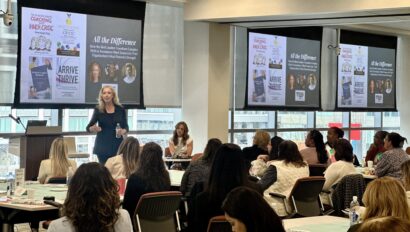Research & Insights

Seeking gender-equity in organizations through male ally initiatives
With the persistence of women’s limited advancement into senior leadership, organizations have employed an arsenal of diversity, equity, and inclusion strategies such as implicit bias training, intentional mentoring, and efforts to authentically support work-life policies. Male allyship has emerged as a recent strategy aimed at gender equity. Yet the outcomes of those efforts, usually measured by women’s advancement and/or retention, have often been disappointing. As the authors worked with male allies in organizations and witnessed the time, energy and commitment devoted to their work, they asked: “In what ways might organizational issues around power play a role in the outcomes of male ally initiatives?”
They argue that practitioners must understand the role that power plays in both advancing and hindering male ally endeavors. They conclude with recommendations for practitioners, male allies,
and women in addressing power while building gender-equitable organizations.
Women need to recognize that while male allies bring the necessary power to change the institutionalized systems of advantage/disadvantage, it is women leaders who need to embrace, support, and validate those efforts.
This article was published in Advancing Women in Leadership Vol. 41, pp. 1-12, 202.










